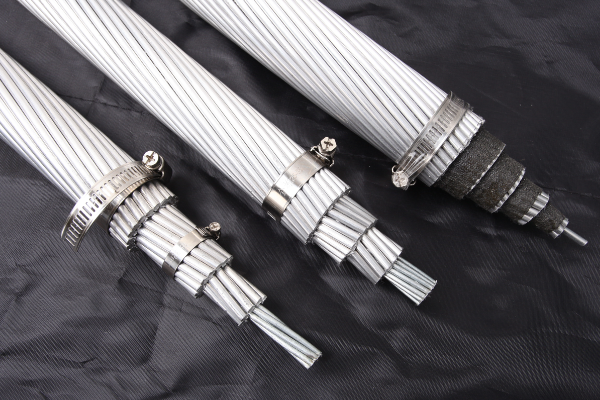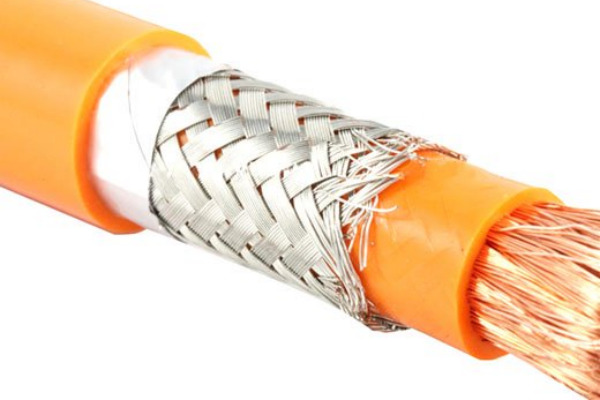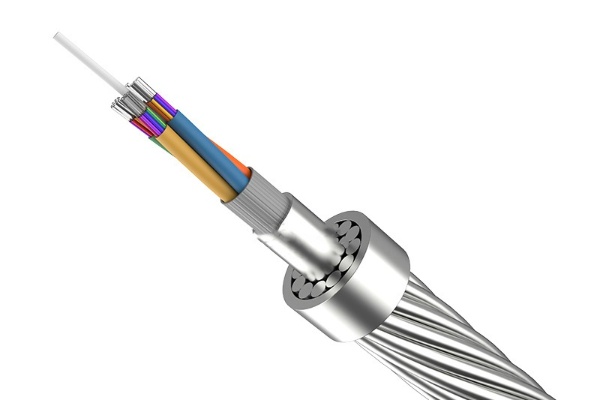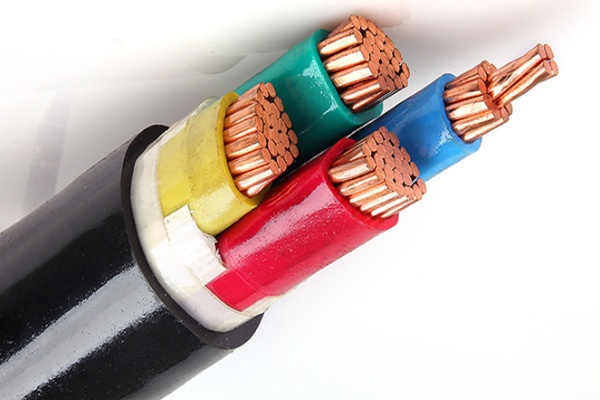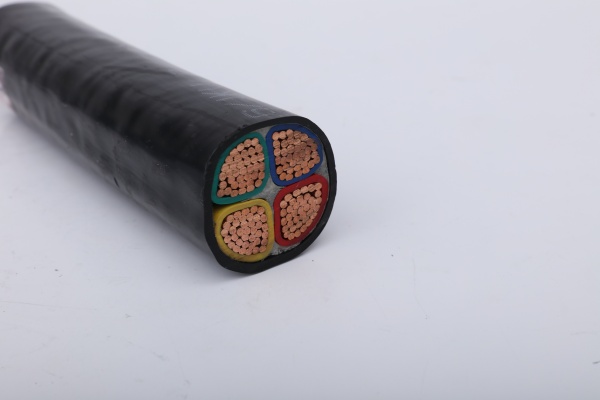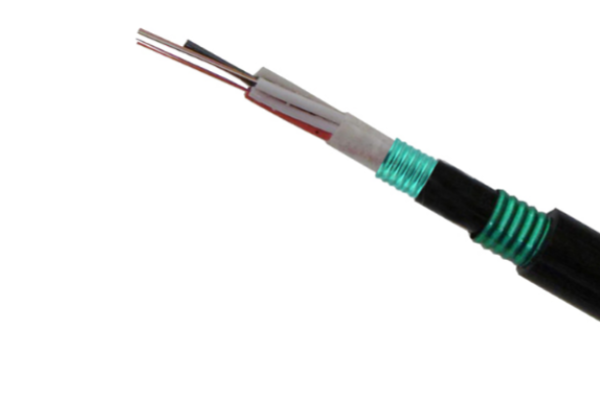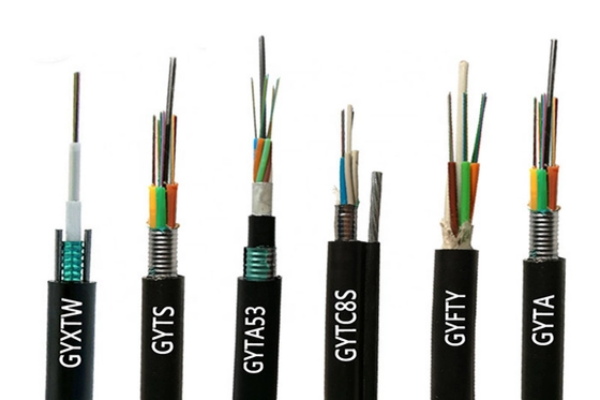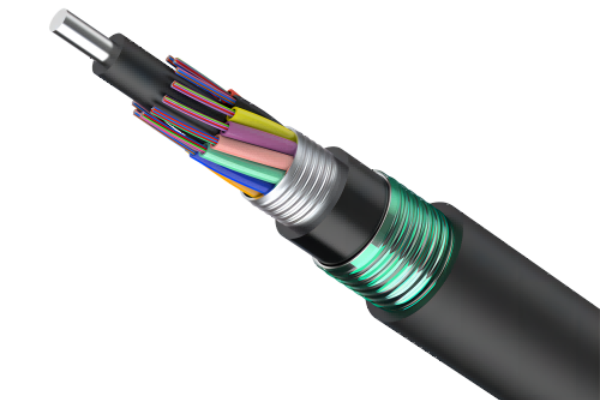The AAAC cable, or All Aluminum Alloy Conductor (All Aluminium Alloy Conductor), est l’un des types de conducteurs couramment utilisés dans les lignes de transmission aériennes. Il est fabriqué en alliage d’aluminium. Ce câble offre une résistance mécanique plus élevée que les conducteurs en aluminium pur (AAC) tout en restant léger et résistant à la corrosion. Le câble AAAC est largement utilisé, en particulier pour les transmissions longue distance, dans les zones côtières et dans des environnements corrosifs. Il constitue un élément essentiel des systèmes de transmission d’électricité. Avec l’augmentation de la demande d’énergie et le développement des réseaux électriques modernes, le câble AAAC est de plus en plus prisé pour ses performances supérieures.
Blog
Here we share knowledge about cables, such as the most popular cables currently, how to use cables, how to choose cables, etc. You can find like-minded friends here.
Complete analysis of cable shielding
Cable shielding plays an essential role in modern cabling systems, especially to ensure signal stability and protect the system from interference. This article comprehensively presents the functions, the types, the choice of materials and applications of cable shielding, to help readers better understand its importance.
Ten Key Points to Consider for Cable Installation
Cable installation is a crucial step in electricity and communication transmission systems, and the quality as well as the method used have a direct impact on system stability and safety. When installing cables, Correct operation and careful attention to details are essential to guarantee reliable operation of the system. This article presents the ten key points to consider for the installation of cables, to help you avoid common problems and ensure long -term stability and safety of cables.
How to choose the type of cable suitable for your project ?
Dans divers projets, le câble est un composant clé pour la transmission d’électricité et de données. Le choix du câble est crucial pour le succès du projet. Face à la multitude de types et de spécifications de câbles, comment sélectionner le plus adapté ? Cet article explique en détail les quatre aspects suivants : les besoins du projet, les types de câbles, les facteurs clés de sélection et les erreurs courantes, pour vous aider à prendre une décision éclairée.
Analysis of frequently asked questions about copper cables
Copper cables play an essential role in energy transmission and daily applications. Thanks to their excellent conductive performance and their sustainability, They are widely used in various electrical equipment and electrical engineering projects. However, Many ask questions when they use copper cables, as their current transport capacity, Differences with aluminum cables, Or how to choose the right cable. This article aims to answer these frequent questions to help you better understand and use copper cables.
How much current can a copper cable carry ?
Copper cables play a vital role in the transmission and distribution of electricity. Understanding the current carrying capacity of copper cables is crucial for electrical engineers and everyday users. It's not just about cable performance and lifespan, but also has a direct impact on safety during their use. This article explores in detail the current carrying capacity of copper cables and the factors that influence it, to guide you in the choice and use of these cables.
What is the difference between GYTY and GYTY53 optical cables
Les câbles optiques sont des composants essentiels des réseaux de communication modernes. Leur performance et leur qualité influencent directement la stabilité et l’efficacité des réseaux de communication. Parmi les nombreux types de câbles optiques, les câbles GYTY et GYTY53 sont très prisés pour leurs caractéristiques structurelles et leurs scénarios d’application respectifs. Cet article présente en détail la définition, the characteristics, les applications ainsi que les avantages et inconvénients de ces deux types de câbles.
What is the gyty cable ?
I. Aperçu du câble GYTY
Définition et utilisations
Le câble GYTY est un câble à fibres optiques avec une structure de tube lâche, largement utilisé dans la construction de réseaux de communication. En raison de ses caractéristiques de conception, le câble GYTY est principalement utilisé pour les communications longue distance et les réseaux locaux (LAN). Il est particulièrement adapté à l’installation aérienne extérieure ou dans des conduits.
Differences between OPGW and ADSS cables ?
In modern electricity and communication systems, Optical fiber cables play a crucial role. As two current types of air cables, the OPGW (Composite optical earth cable) and the adss (Fully dielectric self-providing fiber cable) each have a different structure and applications. SO, What are exactly the differences between the OPGW and ADSS cables ?
Differences between Gyta53 and Gyty53 optical cables
In modern communication networks, the quality and choice of optical cables directly influence the stability and efficiency of data transmission. With the increase in network needs, Choosing the right cable is a challenge that communication engineers have to face. The Gyta53 and the Gyty53 are two shielded cables commonly used on the market, each with its own advantages and disadvantages in terms of design, performance and applications. This article explores the differences between these two cables to help readers make a more informed choice according to real needs.

